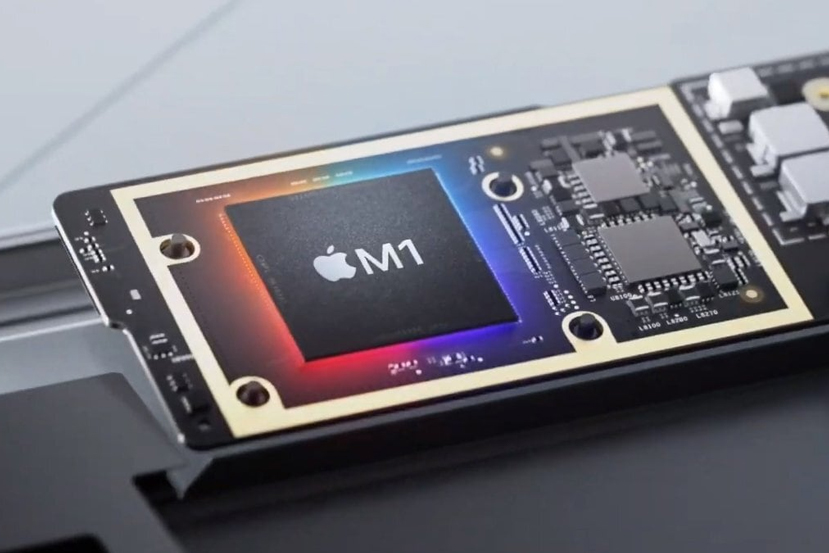
Old macs are just as bad but that’s mostly because 2013ish stuff had rust disks. I’d be in a care home by the time it got anything done. Yuck not living in that world ever again. I recently helped sort out an 8 year old core 2 duo machine running windows 10. As for longevity and support I expect 5 years out of a piece of hardware but usually sell it after 2.
#Handbrake for mac m1 free
If you use that API and they release new hardware then you get instant advantage. Both HandBrake and FFmpeg are free and open source, both are compatible with Windows, macOS, and Linux, and both can convert video files. Whether that uses a generic processor or an application specific processor or how it implements that should be part of the device trade off of cost, die size, power usage etc. The machine’s objective is to fill that higher level API and provide utility to the end user. I’m only getting about 3-4fps while encoding. Not that this was the reason I bought the M1 Mini (I love this machine - 16GB 1TB), I’m just disappointed in Handbrake’s performance on M1 - I thought this would be faster. Well the beauty of operating systems and programming interfaces should make that issue moot. I’m trying to encode a bunch of 4K MKV files to H265 60fps to watch on my Apple TV.

And in the 1970s and 1980s people kew exactly how many CPU cores they had in their house. I think it was Horace Dediu who said that in the 1950s people knew exactly how many electric motors they had in their house, but by the late 1970s or 1980s no one had any idea how many they had. By mid January it will be over 50 as the Icicle FPGA board and HiFive Unmatched will bring 5 each. They might have ARM cores in them - or maybe PIC or AVR or MIPS. But what about my multimeter? Oscilliscope? Pulse Oximeter? Amplified speakers? 4K monitor? Ethernet switch? Wifi router? MIcrowave oven? Dishwasher? And I'm sure a host of things I've not thought of right now. I've heard on good authority that x86 chips have an ARM core or two inside. But there can be others doing auxiliary tasks. Sure, I maybe know how many cores are in the M1 Mac, iPhone SE, iPhone 7, Apple Watch, Pi4, Pi3, Pi2, Pi1, Pi Zero, Odroid C3, Odroid XU4, Arty Z7 (ARM cores embedded in an FPGA), Blue Pill, Nucleo.

#Handbrake for mac m1 how to
I wouldn't even know how to make an estimate. 32 in my Linux PC, 6 in the AMD 4500U laptop, 4 in the 2017 NUC, 4 in the 2011 MacBook Pro, 2 in the 2011 MacBook Air, 4 in the i7 4790K Linux machine I haven't turned on in five years. Quote from: brucehoult on December 07, 2020, 11:37:35 am I expect i could make a pretty good count of the x86 cores in this house.


 0 kommentar(er)
0 kommentar(er)
